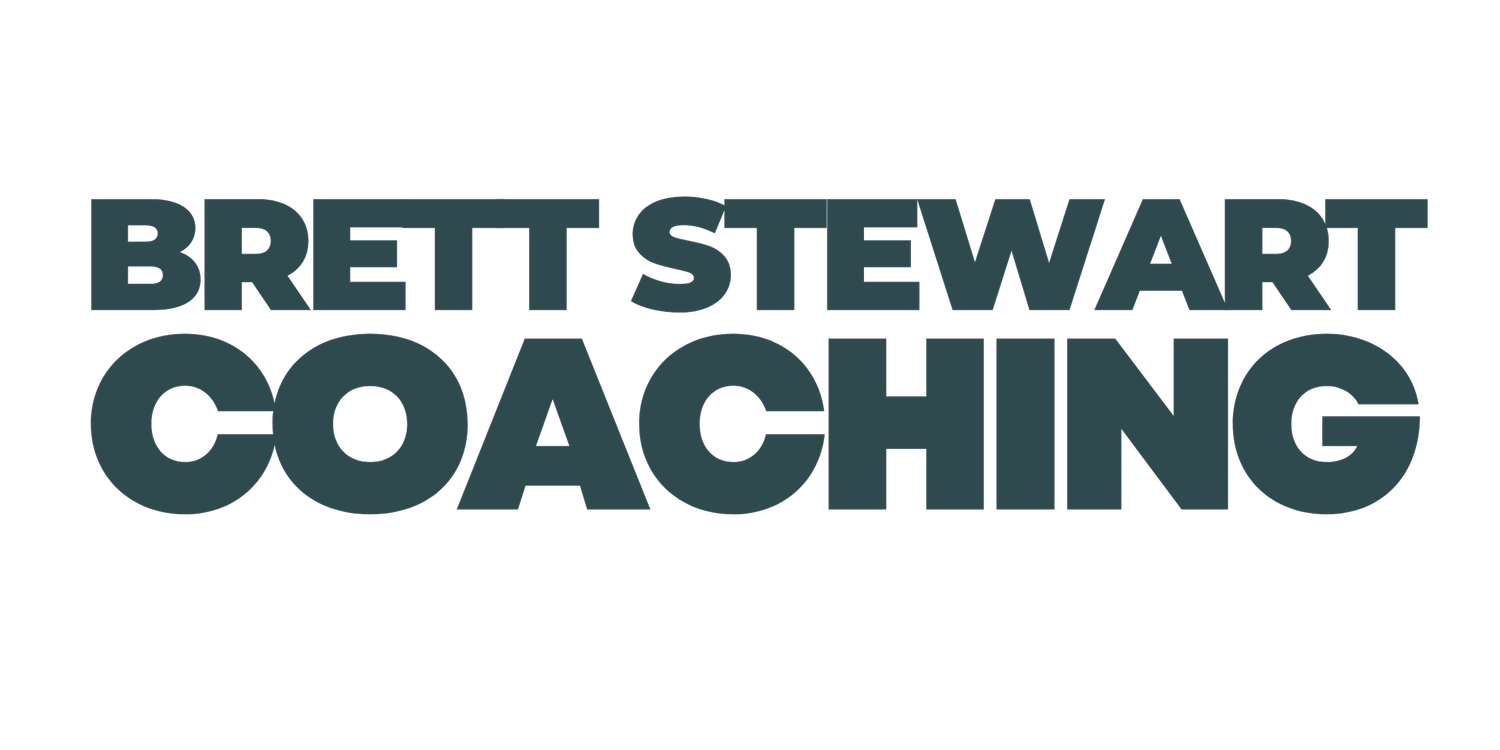“That Sounds Simple”
I’ve never been assaulted by an employee, but I think I came close when, after a description of the critical enhancements my IT leader was soon to implement, I told him “That sounds simple.” Bad choice of words. For a moment I wondered whether he was going to come at me or spontaneously combust.
A few weeks ago, I wrote about the Superiority Bias which causes us to overrate our abilities relative to other people. A corollary to that is that we underestimate the difficulty of other people’s jobs, even as we overestimate the difficulty of ours. That has at least two implications for you as you run your business, and one of them is actually good news:First the bad news: It’s going to be more difficult to replace that team member you just lost than you think it will be. Their job is more complex than you know, and even if they weren’t doing a great job, even if you fired them, they were probably adding value in ways you weren’t aware of. To maximize your chance of success with their replacement, be prepared with four things the day they start:A clear structure. Show them where they fit in the organization and the small number of things they are accountable for making happen. Clarity and accountability live together, and this is your opportunity to make it crystal clear what they own.
A process. You don’t need a thick procedural manual; in fact, a one-to-two-page checklist is ideal. Again, we’re creating clarity, and simply agreeing on the steps that get you to “complete” will take 80% of the noise out of the process. The detailed procedures can come later.
Measurements. What are the two or three numbers they need to hit each week? You owe them that objectivity in a world that is new to them. Start with reasonable targets and make it a joint effort to build from there.
Your time and attention. Rigor does not replace relationship; it provides the platform for it to grow. Dedicate time to answer their questions and build trust - that investment always pays off.
But I promised good news: It’s going to be easier for you to delegate responsibilities or move entirely out of a seat than you think. You might operate at a different level than the people you lead, but your job isn’t that much more difficult. Take a hint from Dan Sullivan: Choose the right “who” and allow that “who” to do it their way, not yours, and you’ll get there in half the time you think.
The EOS™ toolbox has everything you need to lead, manage, and delegate to higher levels of performance. If you’d like to learn how, let me know.
